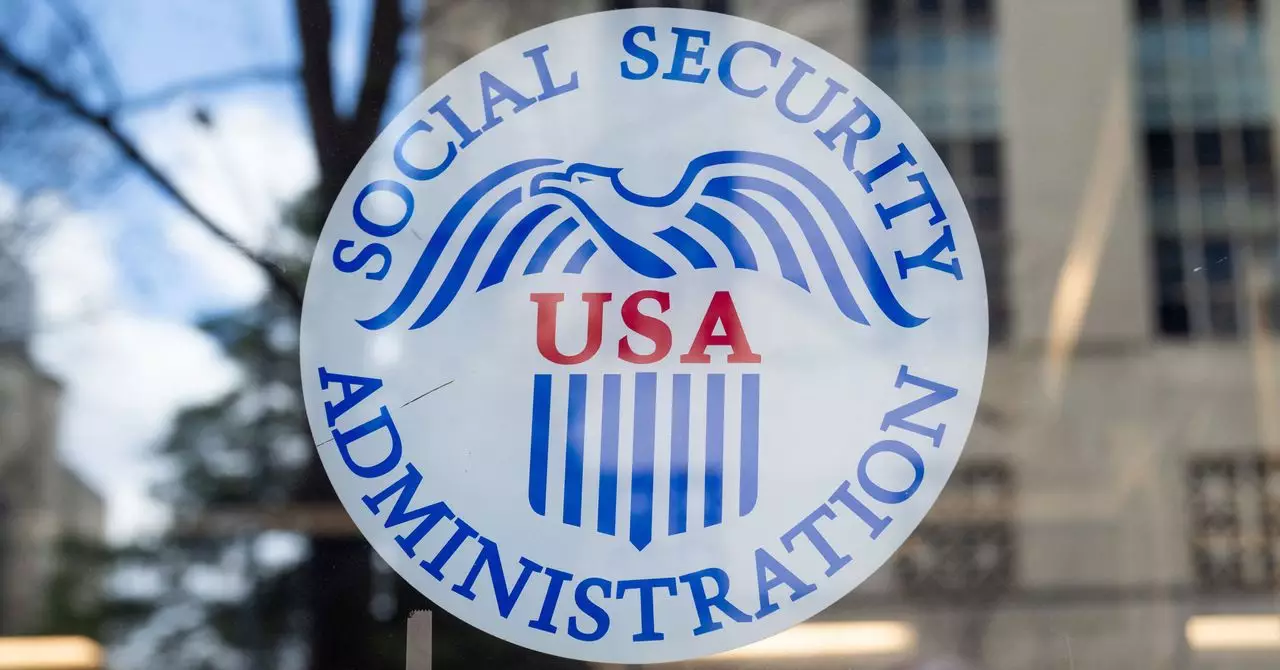The Social Security Administration (SSA) is currently caught in a tumultuous intersection where legacy technology meets the relentless march of progress. Anchored primarily in COBOL—a programming language born in the 1960s—SSA’s operational framework is a mixture of time-tested processes and crumbling infrastructure. This aged code is responsible for critical functions such as issuing Social Security numbers, managing beneficiary payments, and orchestrating the calculation of entitlements. While these roles are undoubtedly vital to millions of Americans, they are precariously balanced on tech from a bygone era.
Consequently, any attempts to revise or migrate this code are fraught with risk. As Dan Hon, a technology consultant specializing in governmental modernization, expresses, the stakes are far too high. A single error could cascade into a catastrophic failure, resulting in millions not receiving their rightful benefits or, worse, receiving incorrect payments. Such a scenario could dismantle the trust that the public holds in the SSA—a trust that is already fragile in the face of bureaucratic inefficiencies.
Prioritizing Modernization Amidst Legislative Labyrinths
Diving into the world of government agencies often reveals an intricate web of internal politics, funding protocols, and rigid priorities. A recent internal document from the SSA outlines initiatives but conspicuously omits any mention of COBOL migration. Instead, the emphasis seems to fall on cost-cutting measures such as terminating “non-essential contracts” and leveraging artificial intelligence for operational tasks. While adopting advanced technologies is undoubtedly a forward-thinking approach, overlooking the critical need to modernize foundational systems seems to reflect a fundamental misunderstanding of the broader implications.
Moreover, the SSA is grappling with a dual-edged sword— on one hand, there’s a push to use cutting-edge technologies to refine workflow; on the other, there’s a glaring reliance on outdated systems. The focus on “Are You Alive Project” is indicative of this tension. This initiative, aimed at mitigating fraud, necessitates a systemic overhaul that can only be achieved through modernization of existing frameworks—frameworks that are only as reliable as the code written decades ago.
The Challenge of Systematic Overhaul: DOGE’s Mission
One of the emerging players in this narrative is a group called DOGE, reportedly comprised of younger engineers who aspire to tackle the complexities of the SSA’s coding predicament. Their objectives, such as enabling efficient online access for beneficiaries and rectifying improper payments, align with the overarching goal of modernization. But the path forward remains littered with obstacles.
Moving from COBOL to modern programming languages in a matter of months is not only ambitious but, many experts argue, irresponsible. The assertion that generative AI could facilitate this transition seems overly optimistic and underscores a crucial gap in understanding the intricacies involved. The notion that the mere elimination of COBOL signifies success overlooks the need to maintain quality assurance throughout this transition.
As any seasoned tech worker would attest, every system built on legacy code is burdened with “edge cases,” scenarios that were not foreseen during the original programming. Ignoring the challenge of testing the new system against a myriad of potential discrepancies could yield disastrous consequences that ripple through the entire social safety net.
A House of Cards: The Risks of Ignoring Complexity
The former SSA technologist’s metaphor—describing the agency’s system as a “house of cards”—strikes a nerve. It emphasizes the fragile nature of these intertwined systems and serves as a stark warning against the reckless abandonment of foundational code without meticulous planning. The consequences of a rushed migration could damage the very framework designed to support the nation’s most vulnerable populations.
What is clear from this saga is that while the ambition to modernize the SSA is commendable, it is fraught with peril. Each technological leap must be balanced by an acute awareness of the systemic intricacies involved. The time for superficial fixes and rapid transformations is over; the SSA requires deliberation, strategic implementation, and a commitment to protecting the citizens who rely on its services.
Investing in a thoughtful, comprehensive overhaul of existing systems rooted in modern principles will not only prolong the integrity of the SSA’s operations but will also pave the way for future innovations that align with the evolving landscape of social services. The crossroads of today may very well define the beneficence of tomorrow, and this is not a time for hasty decisions.

